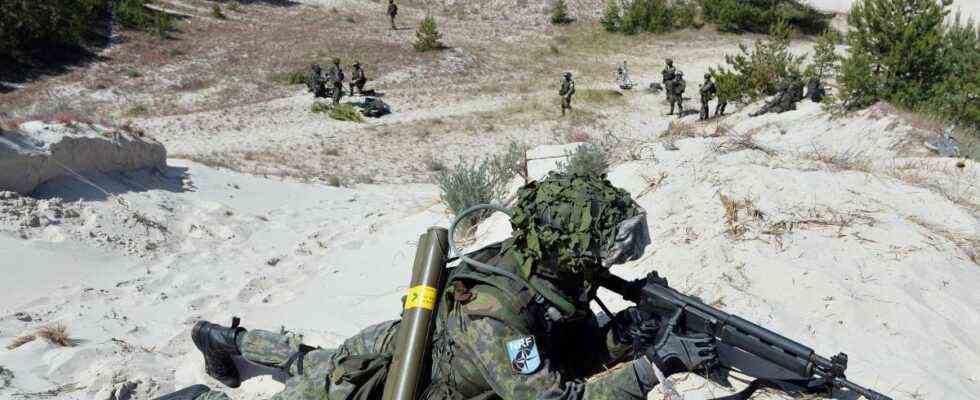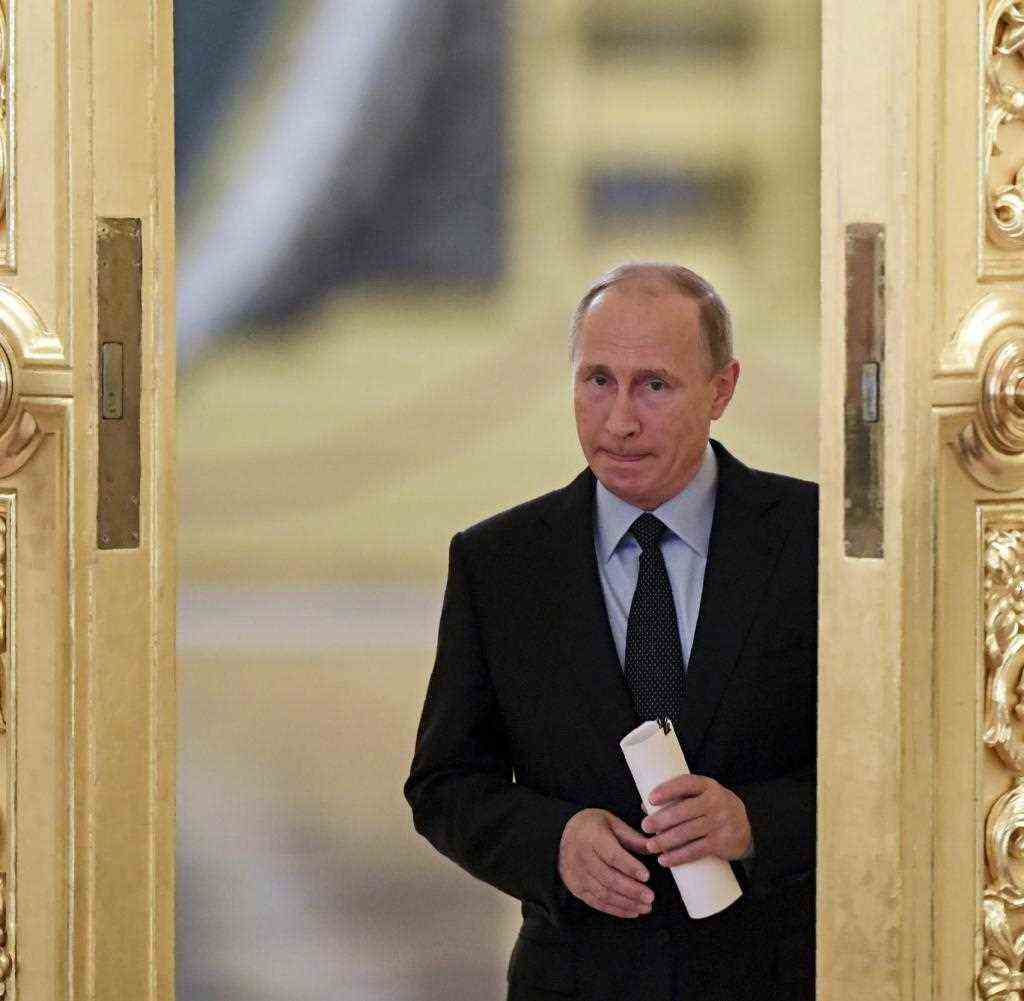NATO puts crisis forces in increased readiness for action

A Nato Response Force soldier, seen here in 2015 during an exercise on the Baltic Sea
Source: JANEK SKARZYNSKI / AFP via Getty Images
For the first time, NATO is reacting to the Russian troop deployment on the Ukrainian border with concrete measures. Special forces should be ready for action faster. With this, the alliance also wants to ensure the protection of its Eastern European members.
A.In view of the troop deployment by Russia near the border with Ukraine, NATO has responded with an initial specific military measure and increased the operational readiness of its 40,000-strong Rapid Reaction Force (NRF) in the event of a crisis. WELT learned this from a senior NATO diplomat.
According to this, the very high readiness joint task force (VJTF) known as the so-called NATO spearhead within the NRF must be ready for deployment to a crisis area within five days instead of the previous seven days. The multinational VJTF is currently led by Turkey and comprises around 6,400 soldiers. In 2023 Germany will take over the leadership of the VJTF.
Other units of the NRF, such as special forces or logisticians, have also been put on a heightened alert, so that in the event of a crisis they too have to be ready for a move much more quickly. The operational readiness is specifically about the period in which the emergency services including military equipment must be ready for the evacuation by airplanes or helicopters. It’s not about arriving in the crisis area.
Protection for Poland, Romania and the Baltic States
According to WELT information, a corresponding decision was made last week by the North Atlantic Council, in which all member countries are represented. Prior to this, the Commander in Chief of the Alliance for Operations, US four-star General Tod D. Wolters, had proposed that the governments of NATO countries shorten the mobilization periods.
In addition to the Ukraine conflict, the aim is to improve the protection of the allies for the eastern member states (Poland, Romania, the Baltic States). There one feels increasingly threatened by the latest developments on the Russian-Ukrainian border.
A NATO spokesman did not want to publicly confirm the new resolutions. He simply told WELT: “Russia’s remarkable military growth in and around Ukraine is groundless and undermines security in Europe. The NATO allies have made it clear that Russia has to be transparent, de-escalate and reduce tensions, and we have also made it clear that any further aggression will have costs and consequences. NATO’s policy towards Russia remains consistent: defense and dialogue ”.
Since the illegal annexation of Crimea by Russia in 2014, NATO has “undertaken the” greatest reinforcement of collective defense “, including the establishment of multinational combat troops in the eastern part of the alliance. “NATO’s measures are defensive, appropriate and in line with our international commitments. We remain vigilant and will always take all necessary measures to protect our allies and defend them from any kind of threat, ”the spokesman continued.



